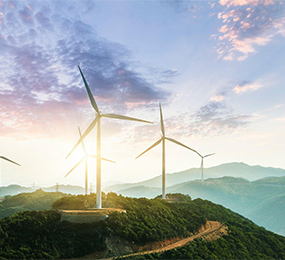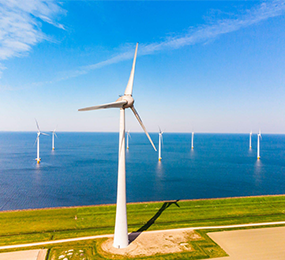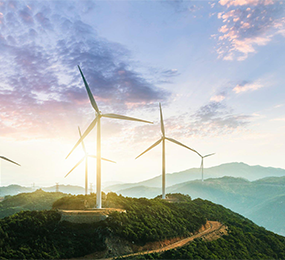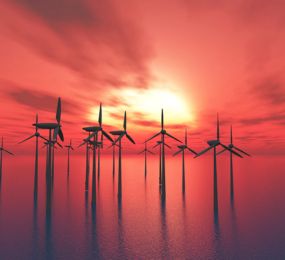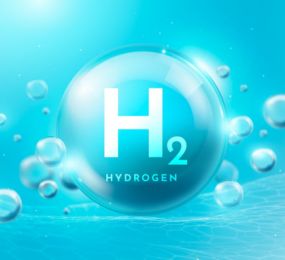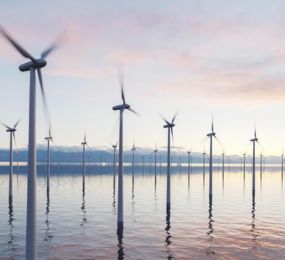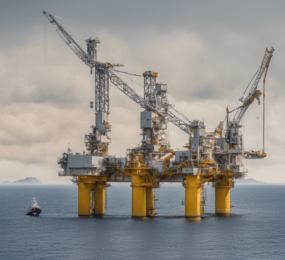The colossal turbines of offshore wind farms stand tall against the ocean breeze, harnessing clean energy. But amidst the power and grandeur lurks inherent danger. The ever-changing weather, the unforgiving seas, and the complexity of maintenance tasks all necessitate a relentless focus on safety. This article delves into essential measures that safeguard personnel working in offshore wind O&M.
Building a Foundation of Safety:
The first line of defense lies in equipping personnel with high-quality, weather-appropriate personal protective equipment (PPE). Life jackets, harnesses, and immersion suits are crucial for mitigating risks associated with working at sea.
Investing in Knowledge and Skills:
Comprehensive training programs, aligned with industry standards, are paramount. These programs equip personnel with the necessary technical skills, safety protocols, and emergency response procedures to navigate any situation. Additionally, regular competency assessments ensure personnel remain sharp and prepared.
Proactive Risk Management:
Rigorous risk assessments are the cornerstone of a robust safety culture. These assessments proactively identify potential hazards associated with specific tasks, weather conditions, and equipment. Once identified, appropriate mitigation strategies can be implemented to minimize risk.
Ensuring Constant Vigilance:
Emergency preparedness is vital. Establishing clear emergency response plans, holding regular drills, and maintaining readily accessible emergency equipment are crucial for swift and effective responses to unforeseen situations.
Clear Communication Channels:
Effective communication is a lifeline. Clear and concise communication channels between offshore personnel and onshore support teams allow for efficient task coordination, timely reporting of issues, and rapid response during emergencies.
Real-Time Weather Monitoring:
The ever-changing nature of the sea demands constant vigilance. Utilizing advanced weather monitoring systems and incorporating real-time data into planning and decision-making processes allows for proactive measures in the face of unpredictable weather conditions.
Embracing Technology for Enhanced Safety:
Technological advancements further enhance safety. Virtual reality or augmented reality simulations can provide immersive training experiences, preparing personnel for real-world scenarios with minimal risk. Remote monitoring and assistance from onshore teams equipped with expert knowledge can offer crucial support during complex situations. Additionally, autonomous systems like robots and drones can be deployed for high-risk tasks like blade inspections, minimizing exposure for personnel.
By implementing these essential safety measures, the offshore wind industry can continue to thrive while prioritizing the well-being of its workforce. Investing in safety not only protects lives but also fosters a positive work environment and ensures continued growth for this crucial clean energy sector.
To register or learn more about the Forum please check here: https://www.leadventgrp.com/events/4th-annual-offshore-wind-operations-and-maintenance-forum/details
For more information and group participation, contact us: [email protected].


